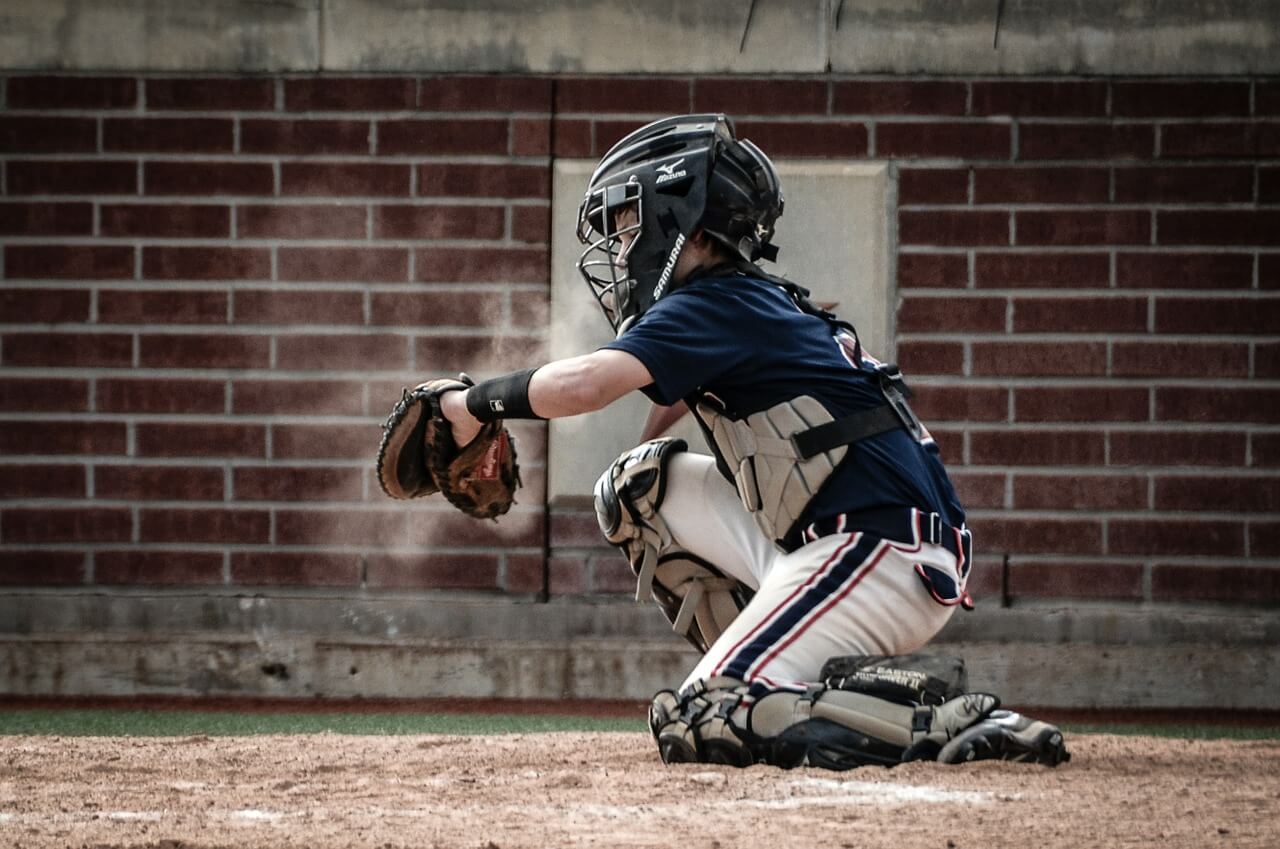Buying any piece of sports equipment for your son or daughter is rarely a hassle-free experience. Especially at the youth level of play, purchasing gear that lasts more than a year can be nearly impossible because children grow so quickly.
Quick Navigation
Quick Look: Top 5 Picks
| IMAGE | PRODUCT | |
|---|---|---|
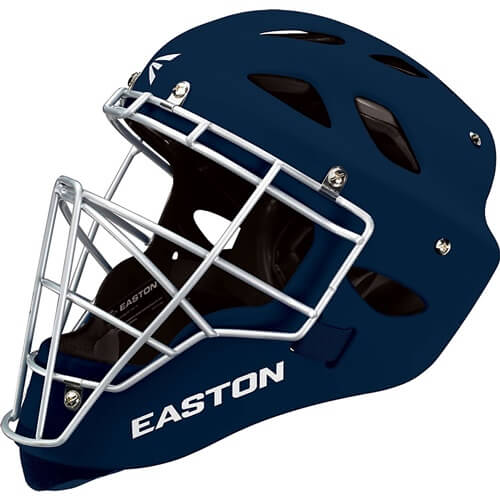 | Best of the Best
| VIEW LATEST PRICE → |
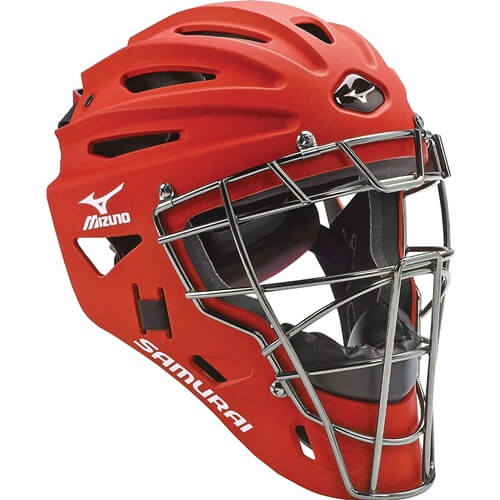 | Runner Up
| VIEW LATEST PRICE → |
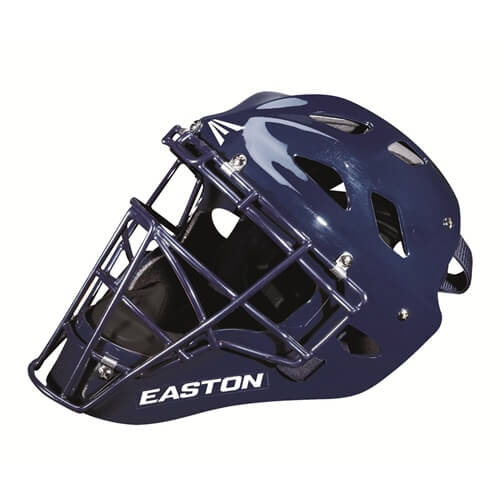 | Best for Budget
| VIEW LATEST PRICE → |
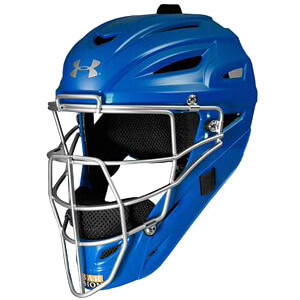 | Best Affordable
| VIEW LATEST PRICE → |
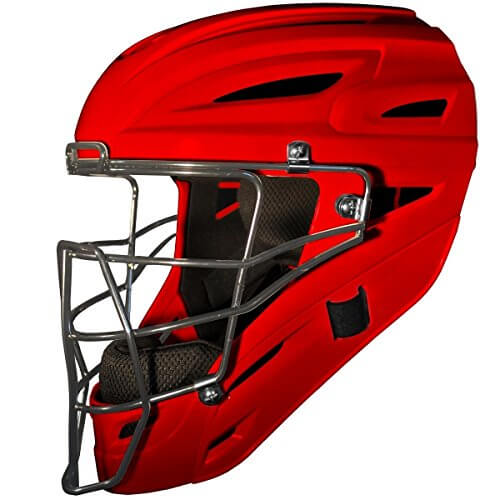 | Premium Choice
| VIEW LATEST PRICE → |
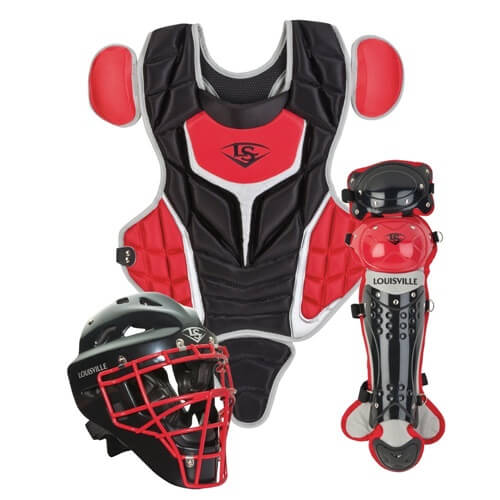 | Best Durable
| VIEW LATEST PRICE → |
Thus, it can be hard to make a choice between quality and affordability. This challenge is present when purchasing a youth catcher’s helmet.
However, with the right research and knowledge, choosing the perfect product that lasts several seasons is entirely possible.
When it comes to buying a youth catcher’s helmet, there are many issues to look at first. Before making any purchasing decision, the first priority is to have a conversation with your son or daughter’s coach(es).
There are two main questions to ask: does the team already have catcher’s equipment available and what types of headgear are allowed by the league’s rules.
In many cases, your son or daughter’s coaching staff may already provide the necessary catcher’s padding and helmet.
If your child is on the younger side, it may be best to use the provided gear and avoid spending money on gear that will be outgrown by next season.
It is equally important to review the league rules. Catcher helmets come in combination helmet-masks, which resemble a hockey goalie’s headgear, and the more traditional facemask and skullcap.
Many youth leagues do not allow the latter because the more modern poly-carbon helmets are fully enclosed and considered much safer.
Without first consulting the rules, you might accidently buy catcher’s headgear that is not allowed.
Other essential knowledge to equip yourself with before shopping for a young player’s catcher’s helmet is the correct sizing and what models are best for their quality and price.
Although many brands offer youth-specific headgear, many adult catcher’s helmets come with a one-size-fits-all adjustment and may be able to fit your son or daughter’s head.
While an adult option might have a higher upfront cost, your child will get more use out of it because they will not grow out of it by season’s end.
However, avoid purchasing a too-big helmet with the idea that the child will grow into it. Since catchers have to remove their headgear so many times in a game, the fit is essential.
Without it, your son or daughter may become discouraged from playing the number two position because their helmet is uncomfortable.
Here are some of the top catcher’s helmets for young players. This list has been compiled with price, comfort and protection in mind.
Easton Rival C
Easton has been making baseball and softball equipment for decades. The Rival C is their high-end youth catcher’s helmet because it is designed to perform in competitive and semi-competitive leagues.
Its protective ABS plastic shell helps protect the helmet, and more importantly the player, from high impact balls and other collisions. This allows it to withstand damage even during the heaviest and toughest plays.
Just like the catcher’s helmets the professionals use, Easton’s Rival C has specially placed ventilation tunnels.
These holes improve airflow through the helmet and allow the player to stay cool, even during games on hot summer days.
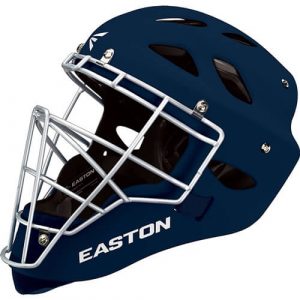
As mentioned, Easton’s Rival C is their premier youth baseball catcher’s helmet and is meant for semi-competitive and competitive play. With this status comes a higher price point.
If your son or daughter is not in an intermediate or above youth league, then the protection of the Rival C may be excessive and you’ll be paying more than you need to.
Mizuno Samurai G4
The youth edition of the Samurai G4 takes after its adult-sized copy. Mizuno fits the Samurai G4 with an adjustable jaw guard.
Not only does this ensure that the chin and jaw-line are protected, but it also helps provide a snug fit on the head.
Another key component of the Samurai G4 is its multiple layers of foam padding on the interior, which protect the head while offering a comfortable fit.
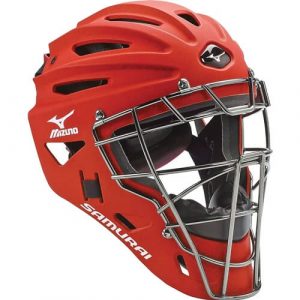
This foam material is breathable to help reduce sweat and is further aided by strategically placed ventilation holes that cool the top of the head during play.
The youth version of Mizuno’s Samurai G4 is a nice balance between affordability and quality. Thus, it is a great and affordable product for a child who is looking to gain an edge in a competitive league.
Easton Natural
While the Rival C is Easton’s top-notch catcher’s helmet for youth players, the Natural is the sporting goods company’s more affordable option.
Despite having a lower price point, the Easton Natural still delivers high-quality protection. It even has the same ABS shell as the Rival C, thus providing the same level of protection and impact resistance.
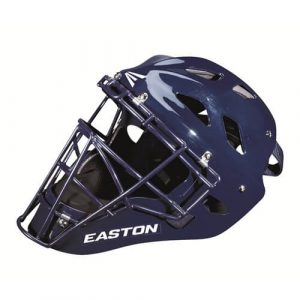
However, Easton’s Natural youth catcher’s helmet lacks the ventilation holes that help keep the player cool on hot days, especially during long innings.
Aside from being uncomfortable in the heat, the lack of ventilation means sweat and moisture builds up and compromises the overall fit of the headgear.
The Easton Natural also features a steel faceguard that is carefully designed to provide protection, without obscuring the catcher’s field of vision.
Under Armour Victory
Even though they are widely considered the ‘new kids on the block’ when it comes to sporting equipment, Under Armour continuously stuns the competition with their incredibly inventive, yet affordable equipment.
Victory, their youth catcher’s mask, is no exception to this. Adjustable between 6 1/4 and 7 in hat sizes, it fits almost any young player’s head and may continue to fit them for seasons to come.

The headgear features the I-BAR VISION steel cage, which is the same face protection used by Under Armour and other company’s pro-level catcher’s helmets. It protects the face with high-quality steel, but does not restrict line of sight as much as other facemask patterns.
The Victory is a sturdy youth catcher’s helmet that is ideal for intermediate and beginner play. Since it is not specialized for high-competitive play, it is inexpensive when compared to top-of-the-line models.
All Star MVP2510
All Star’s youth catcher’s helmet offering is the MVP2510. Similar to Under Armour’s Victory, it features the I-BAR VISION steel cage and allows the catcher to see the whole infield and beyond, even with the helmet on.
For further protection, All Star has equipped its youth helmet with extra padding in vital areas, such as the chin and jaw-line. It also has an impact-resistant outer shell that helps absorb shock while protecting the head.
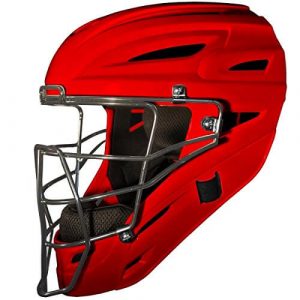
The MVP2510 will fit must young player’s heads because it adjusts between 6.25 and 7 in hat size.
By having an adjustable fitting, the mask delivers a customizable fit that remains snug on the head after even a full season of play.
Louisville Series 5
It is important to first note that Louisville’s Series 5 catcher’s equipment is sold in a bundle only, which includes chest and shin guards. They do not sell individual pieces of equipment.
Overall, their equipment is extremely affordable and highly recommended for beginner play, however it should only be purchased if your son or daughter needs the other pieces of catcher equipment.
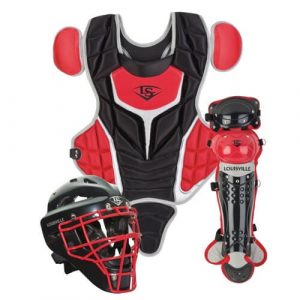
The Series 5 helmet itself fits a size 6 3/8 to 7 head, has a moisture-controlling interior, and chin padding for extra protection from balls in the dirt that bounce up below the helmet.
Louisville’s youth equipment has multiple color schemes, which help match your child’s current team and have a sleek, glossy appearance.
Conclusion
In your quest to find the perfect catcher’s helmet for your son or daughter, it is important to realize that each of these pieces of headgear are meant for different levels of play.
On the more expensive side of the spectrum is Easton’s Rival C. While this catcher’s helmet has the highest quality materials and best features, it also has a high price point.
If your child is not in an extremely competitive or semi-competitive league (Little League all-star or other travel teams), then it is very reasonable to choose a more midrange catcher’s helmet, such as the Mizuno Samurai G4 or Under Armour’s Victory.
Even these pieces of midrange equipment have great features that allow the player to perform exceptionally at all levels of play and they are cost efficient.
While price is often an obstacle, remember to consider the advantage to buying equipment that is more durable, especially when it comes to catcher’s gear.
The higher the price the more protective and long-lasting the product is, which translates to how many seasons your son or daughter will make use of it.
Buying a low-end, beginner helmet this year, may just bring you right back to the sporting goods store next year.
Lastly, it is crucially important to have your child try on any equipment before purchasing. Catcher’s helmets, in particular need that glass-slipper fit because they are constantly being removed during a game.
If possible, try and avoid a large helmet with the idea that the child will grow into it. This will not offer them a comfortable fit. Thus, not only will the helmet be uncomfortable, it might not fully protect the child’s chin from wild pitches.


